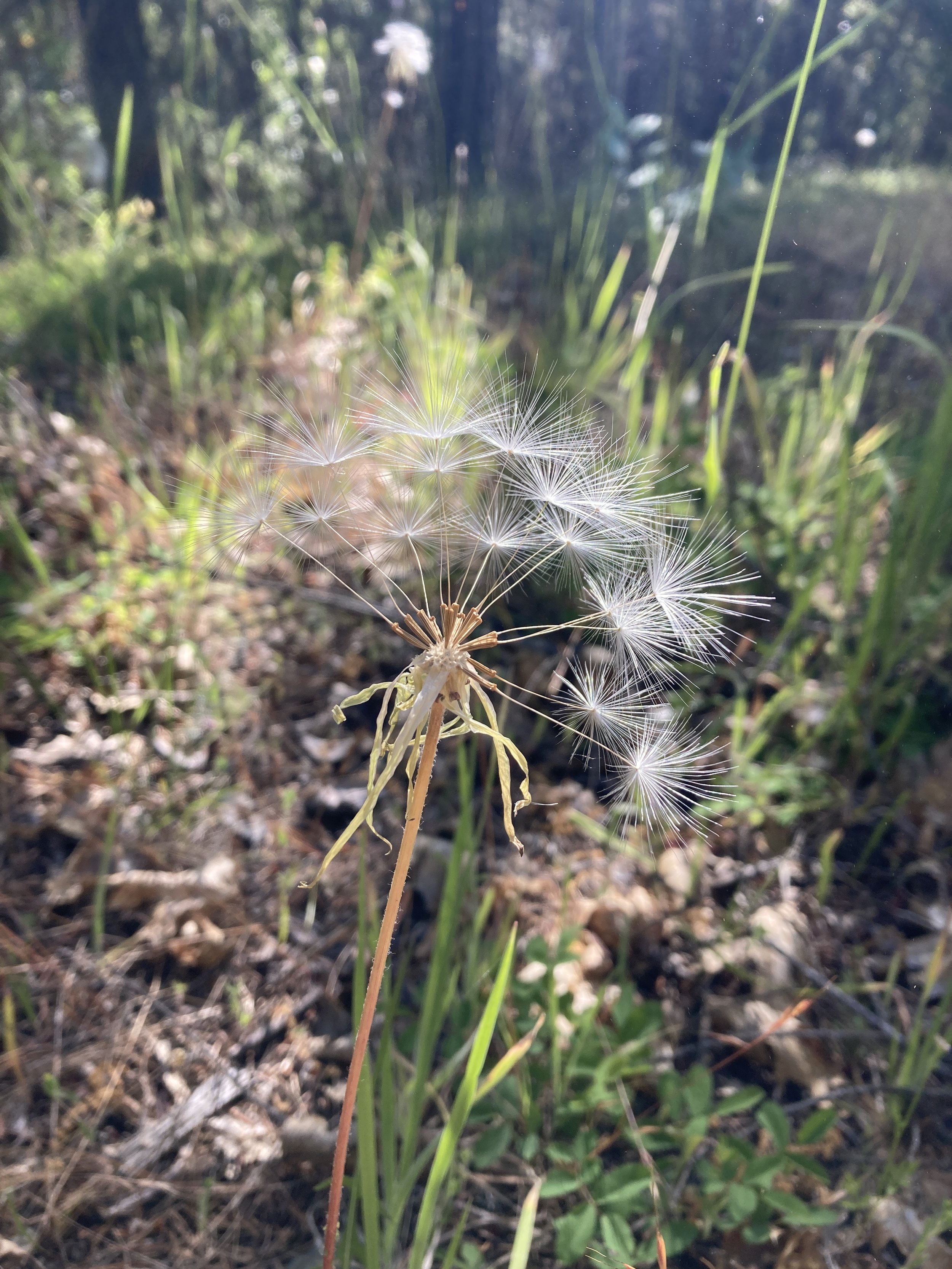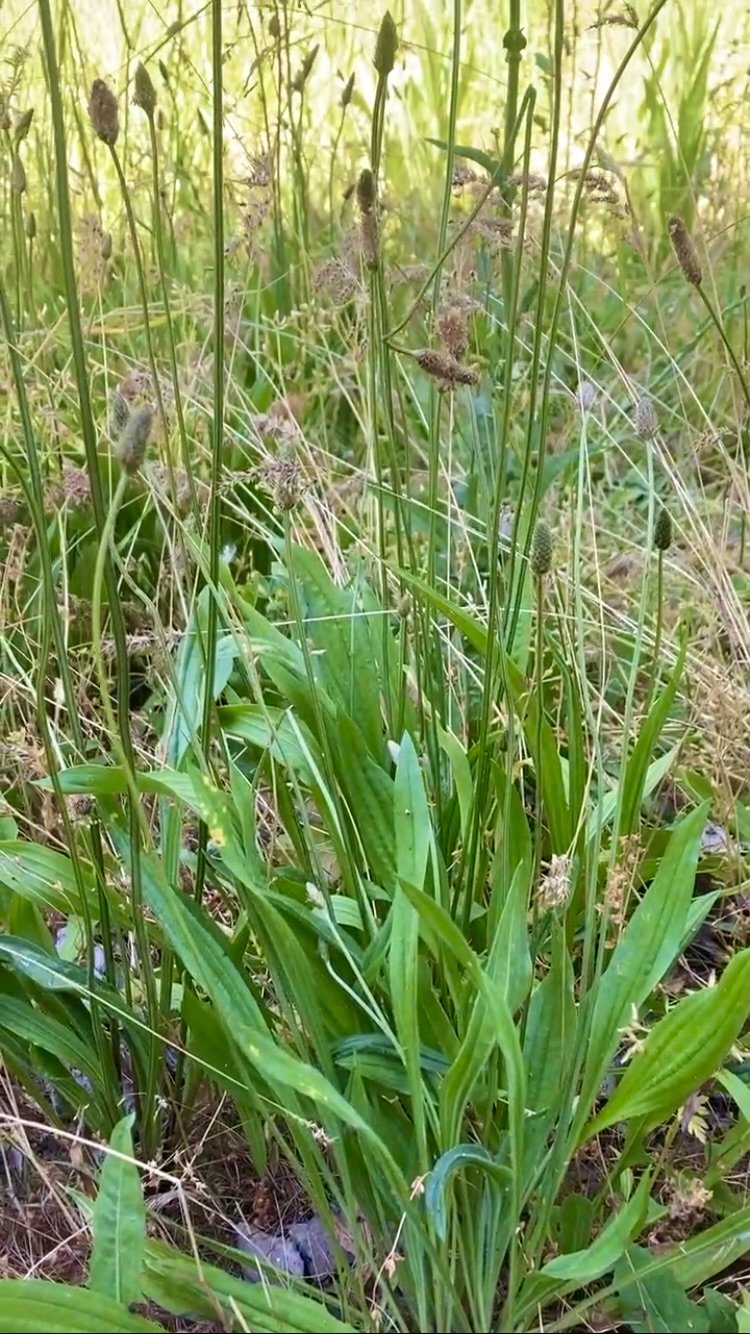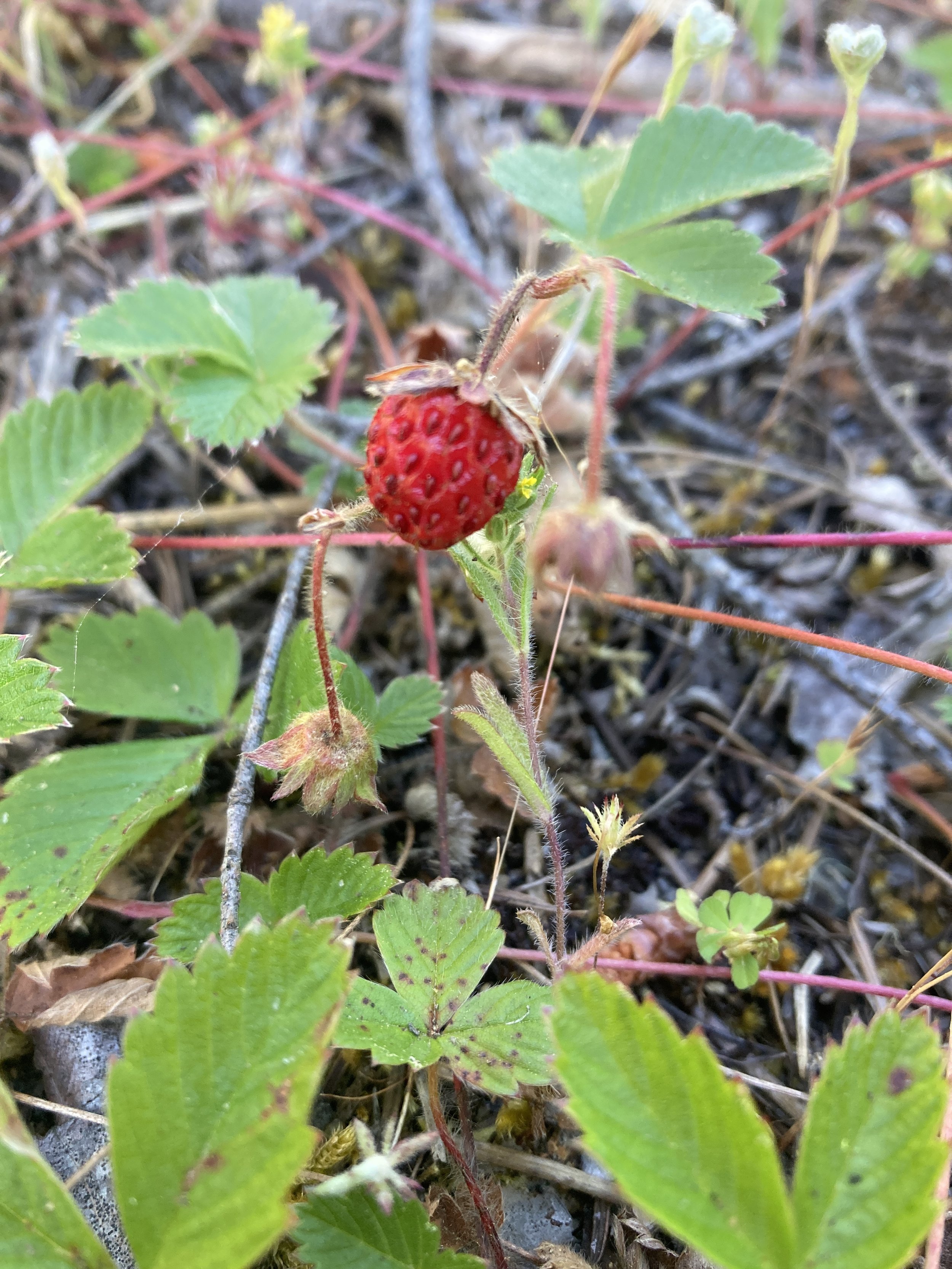Plentiful Medicine: Working with Wild Abundance for Wellbeing
Red clover is yet another plentiful medicine!
At Oshala Farm’s Herb Camp last year (you should go this year!), Missy Rohs of the Arctos School of Herbal and Botanical Medicine in Portland, OR taught a class called The Medicine of Abundance, and that phrase has stuck with me ever since. I love it. The planet is drenched in plants that freely offer their healing qualities to the earth and our bodies. Sadly, some of our most beloved among them—like goldenseal—are rare, threatened, or at risk due to all our earthly problems.
Luckily, we don’t need to rely on rare or exotic or threatened or hard-to-access wild medicines because there is a bountiful apothecary full of herbs—AKA weeds—all over this country, in cities and rural communities alike! Think of the dandelion poking up through sidewalk cracks, the clover creeping through alleyways, and the rogue lemon balm that refuses to be contained.
In our own business, Seth and I focus on wildcrafting and cultivating herbs that, if anything, need some restraint. Partially because it makes things easier for us, and mostly because we see no need to rely on rare plants when almost all of our medicinal needs can be met by plentiful ones.
Keep reading below to learn about a small sample of generous medicines that may thrive near you so you can make your own! And if you’d like to try a few things made from some of our favorite herbs of plenty, check out our Wild Abundance Sale for 20% off select products.
Dandelion, Taraxacum officinale
Dandelion seed
I mean, who doesn’t love a dandelion? Okay, the crotchety neighbor whose lawn I mowed in high school didn’t, but I’ve never understood the desire to eradicate their golden glow and starry-seed orbs. As you may know, dandelion greens are an edible bitter that are excellent for digestion, as they get your bile and hydrochloric acid going. They are also diuretic and help relieve swelling in the legs, ankles and feet. Dandelion greens are mineral- and vitamin-rich and help cleanse the kidneys. You can eat the greens in salads (I recommend mixing them with more mild greens for balance!), sauté them, or add them to soups and stews. If you’d rather not eat the greens, you can take them as a tea or tincture up to five times a day.
The roots of dandelion are also super supportive and delicious! While they can be hard to dig out in compacted soil, you’re in for a treat if you do. They are a great source of iron, and the inulin in them can help modulate blood sugar. They help cleanse the liver and blood, and can help resolve skin issues by relieving congestion in the liver.
Seth and I are super hooked on a commercial product called Dandy Blend, an instant coffee-tasting beverage made from dandelion root, chicory root, barley, and rye. Because our dandelions grow in hard-to-penetrate clay soil, we also buy roasted dandelion root and mix it with chai spices and chicory root to make an earthy tea in a french press.
Plantain, Plantago lanceolata
Narrow-leaf plantain.
Many folks know plantain as the plant you chew up and stick on bug bites, and for good reason! This “spit poultice” has compounds that draw the venom out of bug bites and bee stings, and can help draw splinters to the surface. I’ve even read stories about people successfully using it for snake bites in emergencies. We make plantain-infused olive oil every year and use it in our popular Meadow Magic First Aid Salve (which you can get for 20% off through June 25!).
Depending on where you live, you may be more familiar with narrow-leaved or broad-leaved plantain. While the shape of the leaves differ, they are essentially the same in their medicinal offerings. You can recognize them by their parallel vein structure, their emergence from one central area at the base, and the tall, stiff flower stalk that rises from their center. They can be found in front lawns, roadside, alleyways, fields, and parks all over the country. If you intend you use them as medicine, be sure that you are not using plants that are exposed to a lot of car exhaust, dog pee, or pesticides. They grow all season long, so they are abundant in both space and time.
Not only can they provide relief from stings and bites, plantain leaves can help stop bleeding, seal wounds, soothe damaged skin, and prevent infection. In a pinch, you can apply the chewed leaf directly to the cut, sore, burn, or wound. You can also make a tea or tincture from the leaves to as a wash or gargle to support the mouth and gums, and to soothe the digestive and urinary tracts. Plantain is also a mild-tasting herb that can be added to wild salads or used as a pot herb in soups and stews.
Self-Heal, Prunella vulgaris
Self-Heal
The Self-Heal on our land is just starting to make its presence known, and it brings me so much joy! Like many members of the mint family, it is abundant in its gifts. Until you get to know it well, you may confuse it with Purple Dead Nettle or Henbit. Luckily, both of those mint-family plants are edible and medicinal, too. But, on our land at least, Purple Dead Nettle and Henbit are some of the earliest spring flowers and are long gone by the time Self-Heal, also known as Heal All, comes out in mid-June.
Anyhoo, Self-Heal can be used externally as a wound healer, to stop bleeding, reduce inflammation, promote healing, and draw out infection. As with plantain, you can chew a bit of the whole plant and stick it right on a wound. Or, if it’s not an emergency, you can make a salve from self-heal infused oil and keep it with your hiking gear.
You can also make a strong tea out of it and use the tea to cleanse the wound and/or dip a bandana in the tea and apply it as a compress. If you have inflamed eyes or pink eye, you may find relief by placing a tea-soaked cloth over your eyes.
Internally, self-heal can be taken as a tea or a tincture to help reduce fevers, clear infections, move the lymph, and lower blood pressure. Gargling the tea can soothe inflammation in the mouth, gums, and throat.
Wild Strawberry, Fragaria vesca
Wild Strawberry
I’ve been eating the first wild strawberries on my morning walks for the past couple days, and I would definitely consider them medicine for the soul. But strawberry plants offer so much more than their fruit!
Like raspberry and thimbleberry leaves, strawberry leaf tea can help tone uterine tissue to prevent miscarriage and support the uterus for childbirth. The tea or tincture can also be used for diarrhea, soothing UTIs, and to calm an acidic stomach. For sore throats or mouth problems, you can rinse and gargle with the tea or tincture. Externally, a compress made from strawberry tea can help with wounds, rashes, and sunburn.
While strawberry plants may grow abundantly in wild patches, please only harvest a few leave per plant.
Yarrow, Achillea millefolium
Yarrow
As the story goes, the great warrior Achilles carried Yarrow with him into battle to tend to wounds, hence its genus name, Achillea. While this may just be mythology, any adventurer would be wise to travel with yarrow because of its amazing way with wounds. It can help stanch blood very quickly, and has been used by midwives and botanical doctors to stop hemorrhaging after childbirth.
In addition to halting blood loss, yarrow can relieve pain from wounds, and their antimicrobial properties may prevent infection. You can use a spit poultice in the field (be ready for a bitter taste!), or make an oil or salve to carry with you. You can also bring powdered dry yarrow with you to put directly on a wound. We include yarrow in our Meadow Magic Salve for all these reasons (now 20% off).
Paradoxically, when used internally yarrow can move stagnant blood, so we also include it in our Twist and Shout Salve (now 20% off) to help injured areas receive fresh, nutrient-rich blood and to help resolve bruises. You can also use it in tincture form to get your flow going if your period is delayed. Yarrow can be both grounding and uplifting, and offers energetic boundaries that support us in being more open to our experiences.
Taken as a tea or tincture, yarrow is a fantastic ally for fevers, colds, and flus as it promotes sweating to drive out infection. It has a pretty bitter flavor, so I prefer to use it in tincture form, but if all you have is fresh or dried herb, it’s worth drinking the tea mixed with mint and honey for its get-well-sooner magic. We include it in our Seasonal Resilience blend for that reason (which you can get for 20% off through June 25th!). And if you’d like a bottle of pure Yarrow Tincture, shoot us an email and we’ll hook you up.
References
Kloos, Scott. 2017. Pacific Northwest Medicinal Plants. Timber Press: Portland, Oregon.
Disclaimer
For educational purposes only. This information has not been evaluated by the Food and Drug Administration. This information is not intended to diagnose, treat, cure, or prevent any disease.






